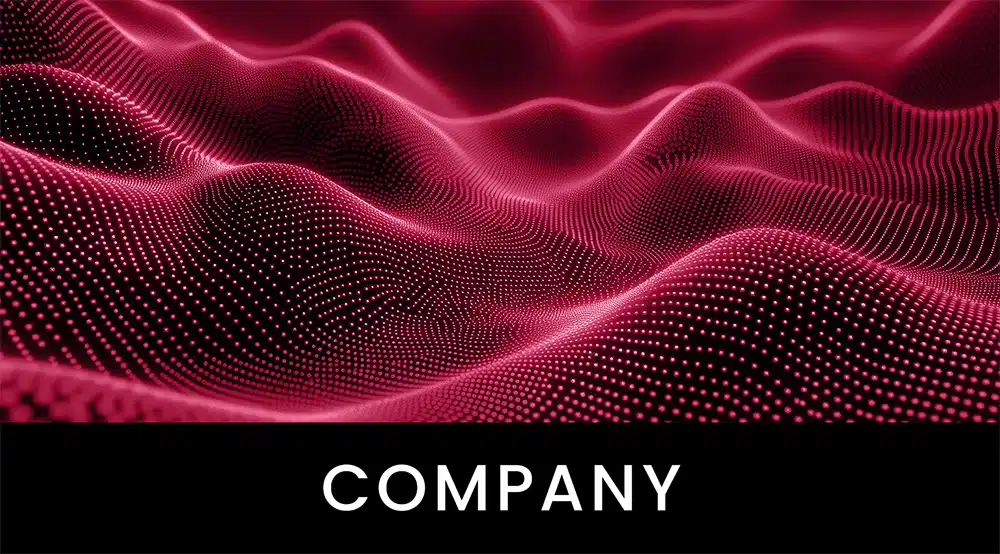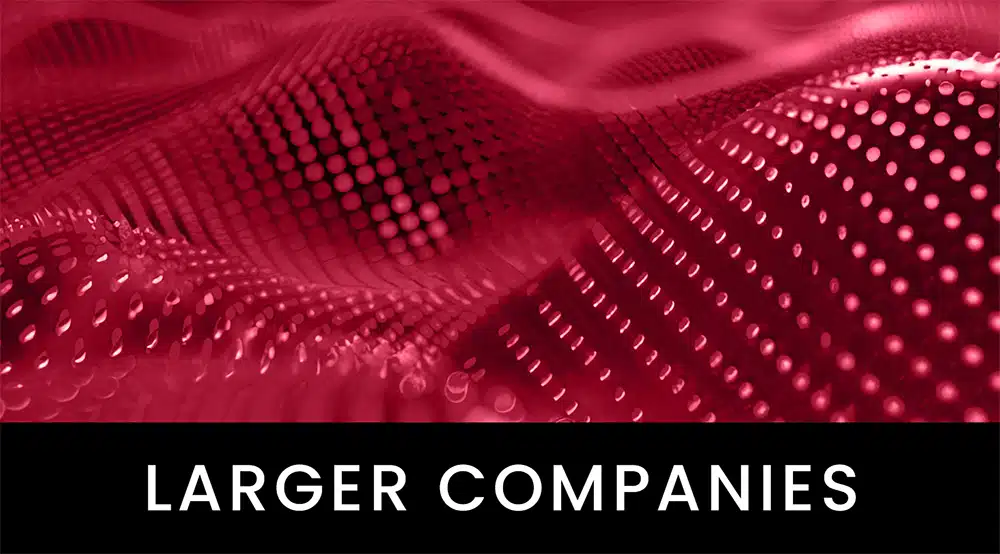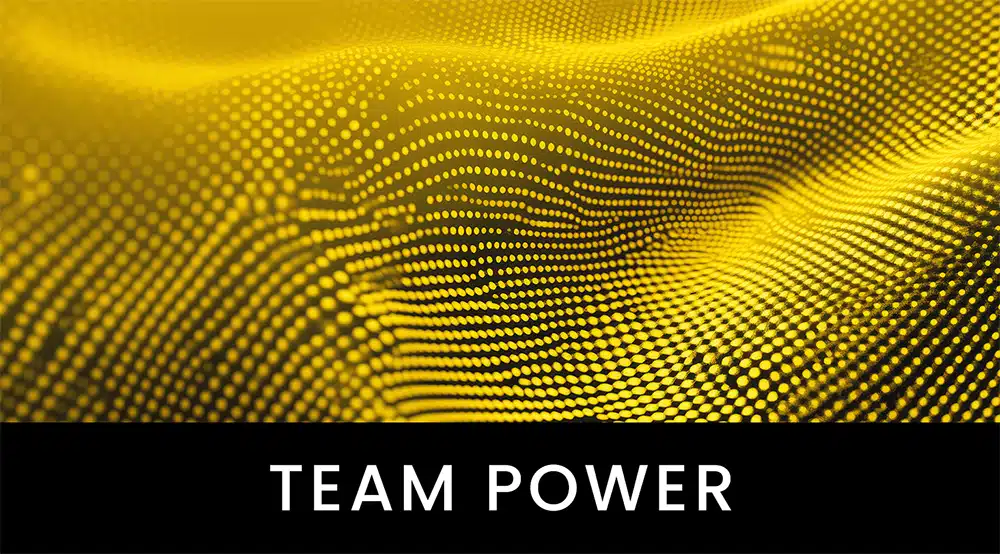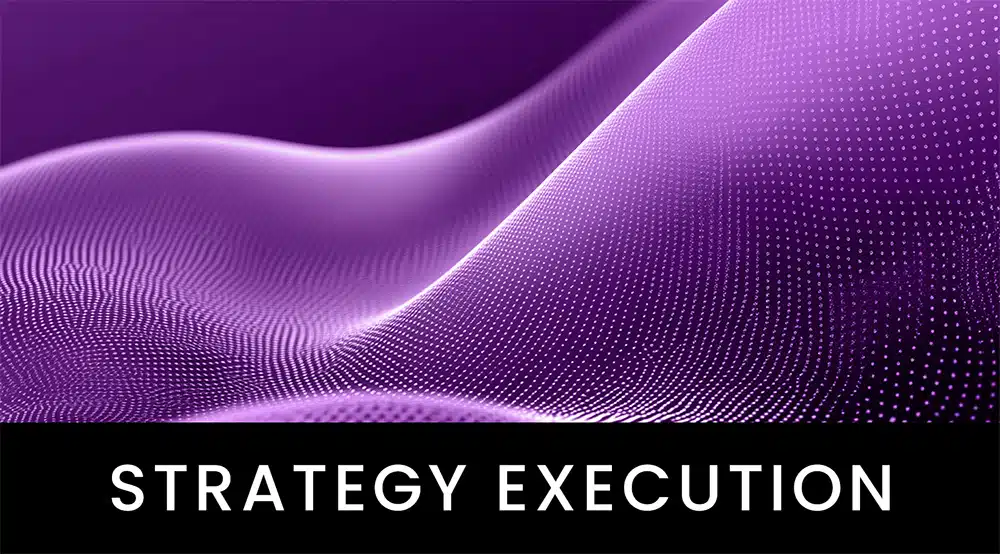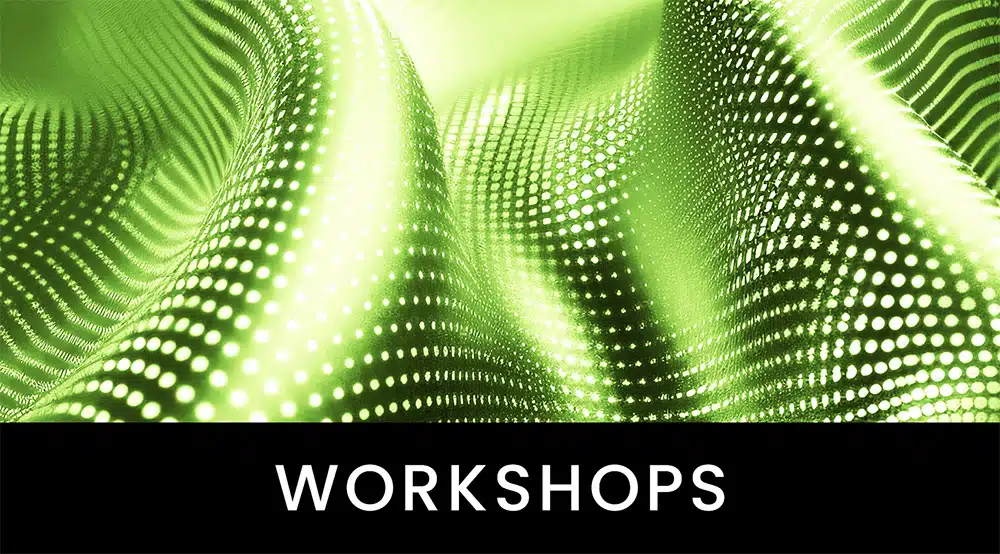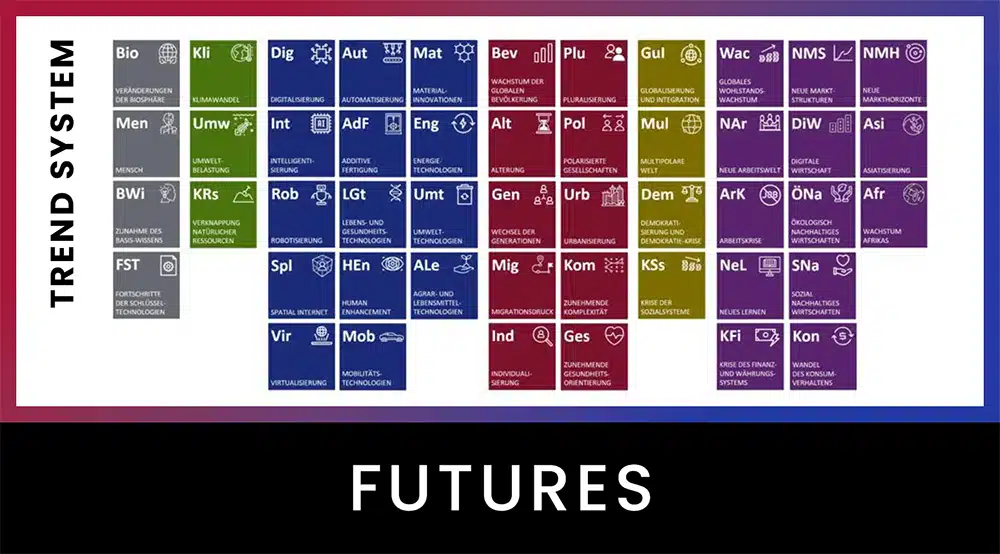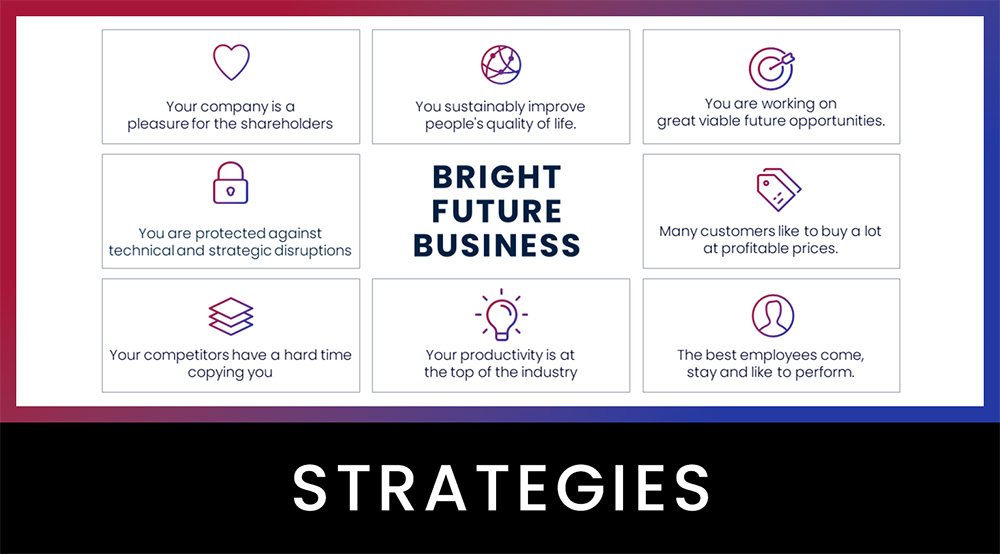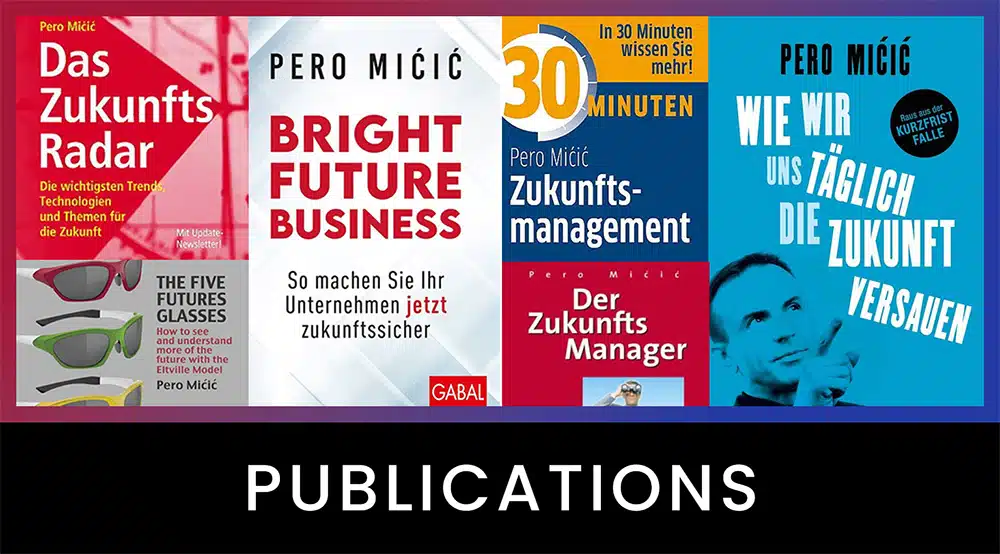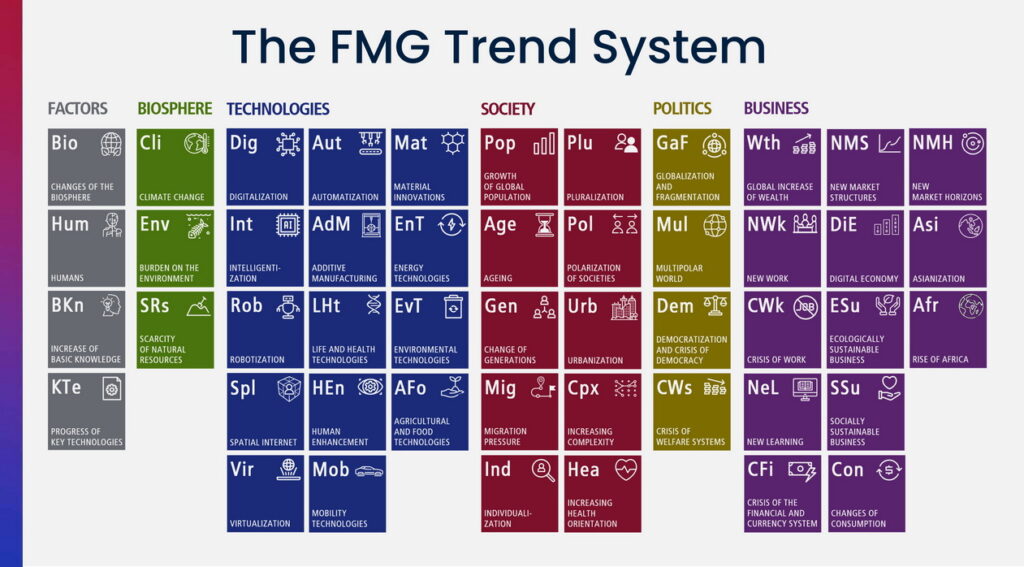Where do you lead? How to make your mission and vision your most profitable investment! – PART 4
Using three examples, I’ll show you how Vision creates simplicity & efficiency!
09. Less small stuff – more view on the whole (simplicity & efficiency)
Problem
Why do you decide so often and so much?
- Are you constantly being asked to make detailed decisions that anyone could actually easily make themselves?
- Are you constantly surprised and annoyed by decisions and activities of your employees that are incomprehensible to you?
- You should actually take care of the future, but you don’t have the time and energy to do so in the evening because of all the individual decisions?
Solution
Where is your template for your employees’ daily puzzle?
- Create an orienting template for thousands of individual decisions in day-to-day business with mission, positioning and vision. Make the few policy decisions in an overall view. Otherwise, you would have to make many times more individual decisions all the time.
- In this way, build a template for the puzzle in your day-to-day business. Without a template, everything takes longer and is more error-prone. Letting someone do a puzzle without a pattern is mean. Having employees do puzzles without a template is also mean, and it’s also exhausting and expensive for you.
Benefit
You have more freedom for the big picture, for the future and strategy!
- They create a strategic constitution to which everyone on the team wants, should and must adhere.
- In a sense, you are automating the application of your future strategy. They create consistency, harmony and convergence of decisions.
- Your employees can more easily derive and align their decisions to what aligns with the mission and positioning, and what better aligns your company to your vision. And what not.
10. Less complexity – more simplicity (simplicity & efficiency)
Problem
Why is your business so complicated?
- Again and again, employees, quite well-meaning, implement their own systems, processes, projects, methods and tools?
- So your business model is getting more and more complicated?
- You hardly manage to understand and judge the purpose and benefit of some activities?
- Do you feel that your business could be simpler and more powerful?
Solution
What is irrevocably important to you and what is not?
- Clearly determine the essentials and clearly sort out the non-essentials. Otherwise, each employee develops their own priorities and purposes. And consequently also – with the best of intentions – its own means.
- Determine with the elements of a mission, the building blocks of your positioning, and the elements of your vision what you are not willing to discuss for the time being.
- Specify what effects even the smallest component of your business model serves.
- Justify your priorities with rational, but also emotional arguments.
Benefit
You streamline your business model to the essentials!
- You enjoy stronger mental focus. You need to think about fewer things at once.
- You regain the good feeling of being able to understand and assess your business model and organization in its elements.
- They have more concentrated power in the form of money, time and spirit in the essential activities.
11. Less chaos – more productive agility
Problem
Why does your agile work so poorly?
- The promising agile working too often leads to chaos instead of efficiency?
- Does agility sometimes feel like an excuse for unwillingness or inability to take purposeful action?
- You feel an inner conflict because you would like to give your employees more freedom, but you always have a justified need to create order?
Solution
What is the clear strategic mission of your agile team?
- An agile team needs a future picture of the desired outcome, a clear mission that focuses attention and directions for action. Otherwise, agile working does not work.
- What is the project supposed to do? What is it performed for? To whom should it provide what benefit? What exactly is the intended outcome and product of the project?
- What is true for a single project is many times more true for your entire company. If the strategic orientation is described and visualized with the future image from mission, positioning and vision, you can calmly grant the freedom that is the second most important prerequisite for agile working.
Benefit
You successfully unleash and leverage the power of agile teams!
- Since hardly anything can be secured and planned these days, an agile attitude and, above all, agile action are practically indispensable. However, this does not mean that a long-term strategic orientation is no longer necessary either. On the contrary, with mission, positioning and vision you enable agility and reap its rewards.
- With a clear picture of the future, agile teams find their own way through cyclical sprints and regular reviews of the situation and adjustments to their strategy.
- Their projects and initiatives are implemented stringently and consistently.
- It is precisely their flexibility that makes agile teams, and thus your strategic alignment, future-proof.
Follow these links as well:
► The Future Strategy Program for SMEs
► Free video crash course THE FUTURE OF YOUR BUSINESS
► BUSINESS WARGAMING for robust business and future opportunities
► KEYNOTES by Pero Mićić for your employees and customers
Have a bright future!
X

